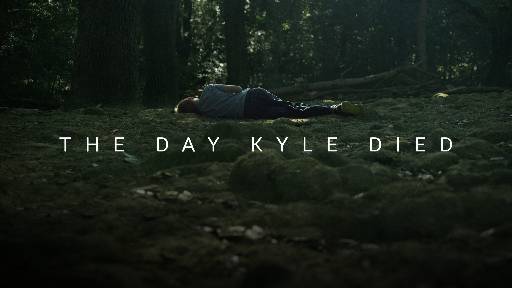-
Dead & Alive Series
Contributed by Chris Appleby on Nov 28, 2017 (message contributor)
Summary: Consider yourself dead to sin and alive to God in Christ Jesus, and in response exercise your will to put to death that which belongs to the old life, presenting your bodies to God as instruments of righteousness.
There’s a debate that’s been around for as long as the gospel has been proclaimed and that’s over the question "Does it matter if we sin, now that we know Christ’s forgiveness?"
Should we punish ourselves when we succumb to temptation? Does the righteousness we now have because we believe in Jesus Christ mean that the way we behave doesn’t matter any more?
At the end of last week’s passage, in Rom 5:20 we discovered that where sin increased grace abounded all the more. So you might well ask, doesn’t that mean that if I sin a bit more, God’s grace will just increase a bit more? Grace is a good thing, so if my sin means that grace increases, isn’t that actually a good thing?
That of course is the question that Paul poses at the beginning of ch 6: "What then are we to say? Should we continue in sin in order that grace may abound?" He understands where the question is coming from, but his answer comes back quickly: "By no means! How can we who died to sin go on living in it?" The whole point of the good news is that we’re no longer under sin’s power. So how can we continue to obey our sinful desires?
Let me take you back to the diagram we saw last week. Although we continue in Adam’s line for a while, our true life is now in Christ’s line. We have died to sin. Although, as we’ll see in a few weeks time, our bodies are still bound by the weakness of Adam, we’ve now been raised to life in Christ.
In fact the life we live now is contingent on both a past and a future reality. So when Paul talks about us dying to sin there’s a past, a present and a future aspect to it.
The Past.
He says "Do you not know that all of us who have been baptized into Christ Jesus were baptized into his death?" There are in fact 2 events in the past which are important for us. The first, of course, is Jesus death on the cross. In Jesus’ death sin was destroyed once and for all, death was defeated and we were brought into a new relationship with God. The reign of sin over humanity was overcome at that moment when Jesus Christ, the sinless one, took on himself the punishment due to all of humanity. The second event of the past was our coming to faith, signified by our baptism. Again death is involved but this time it’s our death. That’s what baptism is all about. Baptism symbolises death, death to sin. It symbolises the fact that we’ve been incorporated into the death of Christ. As a result we’re now living outside the realm of sin as we’ll see in a moment.
The Future
There’s also a sense in which our dying to sin awaits a future fulfilment. There will come a day when we’ll die to sin finally and irreversibly just as Christ has done. That is, on the day when we die physically, finally and irreversibly. And having died we’ll be raised again, at Christ’s return, to eternal life, with a new body no longer subject to temptation and sin. Again this new birth, this resurrection, is symbolised in baptism by our coming back up from the water.
So the past reality is Christ’s death and resurrection on our behalf, the future reality is our own resurrection, and in the meantime we stand in between, in a place between two realms, the realm of sin and the realm of righteousness in Christ.
The Present
And so we’re faced by a present question and a present imperative. Will we make the death to sin marked by our Baptism a present reality in our daily living? Will we die to sin daily and hourly as an active choice of life? Will we be constantly putting to death our sinful natures and rising to newness of life in obedience to God?
You see the difficulty we face is this. The past act of Christ is complete. We’ve taken hold of it by faith, we’ve been sealed in it by baptism, but the final reality is still in the future. We still live in that place between death and resurrection. We still live our lives in our old body. But Christ has died so we can be freed from the enslavement that goes with that body. He says "Our old self was crucified with him so that the body of sin might be destroyed, and we might no longer be enslaved to sin."
The possibility is there for us to obey God in a way that was never possible before we were raised to new life. But we still have to take hold of that reality. We need to put the old body to death, to bury it. Someone once said that life is change, that the only sort of organism that doesn’t experience change is one that’s dead. Well it’s equally true that for fallen human beings, our present life means bondage to sin. And the only way to escape that bondage is to die. Solzhenitzen once described death as the ultimate freedom. Similarly, Paul uses the idea of burial in v4 to indicate the finality of our release from that bondage.

 Sermon Central
Sermon Central


